Setting feed additive standards: An EU and China comparison
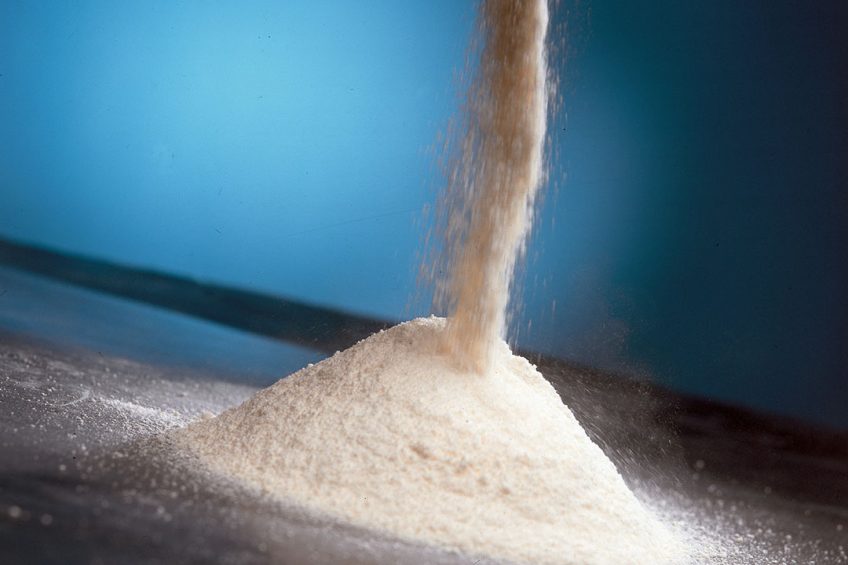
Efficacy and authorisation of feed additives for mycotoxin detoxification differs across the globe. A MyToolBox initiative was set-up to exchange ideas between the EU and China. This knowledge transfer aimed to facilitate a greater understanding of feed additive requirements in both markets.
The EU funded project MyToolBox aims to develop novel measures to minimise fungal infection and mycotoxin formation and to provide advice to farmers and other end users in the food and feed chain. The wide ranging project with 23 partners from 11 countries, including 3 partners from China, started in March 2016 and will be completed in February 2020.
Minimise impact of mycotoxins in animal feed
The project also addresses measures to minimise the impact of mycotoxins in animal feed and has involved conducting 2 animal feeding studies in China. These studies have assessed the efficacy of local products as well as of EU-authorised aflatoxin and fumonisin detoxification feed additives. The studies were conducted using cows and pigs for aflatoxin and fumonisin, respectively, and followed guidance set out by the European Food Safety Authority (EFSA) for evaluation of dossiers. Whereas the EU requires risk assessment by EFSA after demonstrating safety and efficacy of feed additives intended for use for mycotoxin detoxification in China no such risk assessment or authorisation is currently in place. Hence, through MyToolBox an opportunity was seen to disseminate more widely in China the EU approach and in particular the guidance on demonstrating efficacy through in vivo studies.
Establish collaboration on risk evaluation of feed additives
A major aim of MyToolBox is to establish collaboration in China on risk evaluation of feed additives, as well as facilitating dialogue and a knowledge transfer in terms of these very specific animal studies. The particular expertise relates to animal feed study design with appropriate controls, as well as undertaking appropriate biomarker measurements. MyToolBox uniquely has partners with mycotoxin and specifically feed additive expertise from Government, FEFANA, academia and from commercial companies in this area.
Round-table meetings of experts and stakeholders
MyToolBox facilitated ‘round-table’ meetings of experts and stakeholders in Beijing in March 2017 and April 2019 which included officials from the European Commission and officials from the Chinese Ministry of Agriculture MOA and the Chinese Academy of Agricultural Sciences and its Feed Research Institute. The round-tables discussed how the different approaches in the EU and China for handling mycotoxin detoxification feed additives studies can be used for standard setting. The importance of the ongoing MyToolBox animal feeding studies were also acknowledged.
Feed additives for mycotoxin detoxification
Feed additives for mycotoxin detoxification are substances which, when incorporated in animal feed, either bind mycotoxins so they are no longer bioavailable or they act as bio-transforming agents converting the toxins into less biologically active products. There is a vast scientific literature covering mycotoxin detoxification in animal feed and there is a large number of substances which have been advocated as physical or biological adsorbents or microbiological/enzymatic transformation agents. Recent reviews have been published covering mycotoxin detoxification by adsorption or transformation providing an overview of types of feed detoxifying agents, and their reported efficacy in both in vitro and in vivo systems.
Huge scientific and financial challenge
Particularly exhaustive is the 2009 report commissioned by EFSA to review mycotoxin detoxifying agents used as feed additives, their mode of action, efficacy and feed/food safety. There exists a wide range of absorbing and bio-transforming agents which have been proposed as detoxification additives for use in animal feed. However, whilst, particularly with in vitro systems, it is possible to demonstrate the potential of a detoxification additive, moving from ‘proof of principle’ to an authorised and cost-effective commercially viable product is a huge scientific and financial challenge.
EU regulations for feed additives
Council Regulation (EC) No 1831/2003 sets out rules for the authorisation, supervision and labelling of feed additives. Only additives that have been through an authorisation procedure may be placed on the market. Authorisations are granted for specific animal species, specific conditions of use and for 10 years after which a re-submission is necessary. Within the category of technological additives, a new functional group of additives was created in 2009 described as ‘substances for reduction of the contamination of feed by mycotoxins’. EFSA is responsible for conducting the evaluation of the data submitted requesting authorisations.
EFSA guidance
Subsequent to an EFSA opinion on the safety and efficacy of the additive, the European Commission can grant the final authorisation of the product. In 2012, EFSA published specific guidance regarding design of studies to be used in dossiers for the purpose of binder/deactivator’s assessment with the ultimate goal of obtaining EU authorisation. The EFSA guidance requires petitioners specifically to provide information concerning:
- Properties of the additive
- Mode of action
- Targeted mycotoxin(s)
- Stability of the additive
- Evaluation of possible interference with nutrients/additives.
- Assessment of combined effects of the additive and resulting metabolites on the safety of both animals and consumers.
- Efficacy demonstrated by a minimum of three in vivo studies conducted in at least 2 different locations, employing preferably naturally contaminated feed with mycotoxin levels below the EC guidelines.
Safety and significant improvements
Results have to demonstrate the product’s safety as well as significant improvement of the most relevant end-points such as excretion of toxin and/or metabolites, toxin/metabolites levels in blood and tissues, levels of biomarkers of exposure or presence in products destined for human consumption.

EU approved feed additives
To date 3 feed additives have been considered by EFSA of which only 3 received favourable opinions and subsequent authorisation by the European Commission to be used as substances for reduction of the contamination of feed by mycotoxins.
- Bentonite was authorised for all animal species by the European Commission for usage as a mycotoxin binder in 2013. This was based on a number of published in vitro and in vivo studies including a study on cows which demonstrated a reduction of aflatoxin M1 transfer to milk of 40%.
- Biomin BBSH 797 is a bio-transforming product to be used in pigs which was authorised in 2013 after revising 2 in vivo studies proving significant (about 70%) decrease of deoxynivalenol concentration in pigs’ serum after contaminated feed ingestion, due to its bio-transformation into the less toxic, de-epoxy-deoxynivalenol. In 2017, authorisation for all avian species was obtained.
- FUMzyme, which is a fumonisin esterase, was authorised in 2014 after a thorough review of in vivo evidence of efficacy in pigs and 2017 also for avian species.
Mycotoxin management in China
A recent review provides some insights into the current safety management system for combating mycotoxin contamination of food and feed in China. The importance of systematically managing risk assessments to ensure food safety has been accepted by the Chinese government. A risk assessment system and an expert committee for food safety were stipulated by the 2009 food safety law and the Administration Regulation of Food Safety Risk Assessment was announced, which prompted the formation of a new risk assessment organisation in 2011, known as the China National Centre for Food Safety Risk Assessment. This is the first specialised institute to systematically implement and manage risk assessment in China independent of the government.
Expert committee
The tasks of the centre include not only routine risk assessments, such as assessment of exposure to mycotoxins, but also the drafting of food safety standards and technical management protocols. With respect to risk assessment of feed, an expert committee was established in 2007 to provide guidance related to the risk assessment of quality and safety of agricultural products. The Ministry of Agriculture is currently speeding up the formulation of the ‘Administration regulation for risk assessment of quality and safety of agricultural products’. The expert committees have been working closely together to ensure the development of comprehensive and efficient risk assessment protocols for food and feed.
No regulation in China
As there is no international consensus on evaluating the efficiency of mycotoxin detoxifiers, at the present time there is no regulation on use of mycotoxin detoxifiers as a feed additives in China. As such, no standard protocol is available to verify the efficacy and safety of mycotoxin detoxifiers on the Chinese market. Nevertheless there are mycotoxin detoxifying products available commercially in China which are listed in the raw materials catalogue (such as clay, hydrated sodium calcium aluminosilicate (HSCAS), montmorillonites, yeast cell wall, and some probiotics) promulgated by the Ministry of Agriculture. Notwithstanding lack of a regulatory framework for feed additives, it is notable that an ‘Aflatoxin-Detoxifizyme’ additive was approved by MOA in 2010 as a new feed additive/enzyme.
MyToolBox initiative on feed additives
Within the MyToolBox project 2 animal feeding studies have been conducted in China. These studies have assessed the efficacy of both EU-authorised and local aflatoxin and fumonisin detoxification feed additives. The studies involved cows and pigs for aflatoxin and fumonisin respectively and have followed the guidelines set out by EFSA for evaluation of dossiers. The aim has been to establish collaboration in China on risk evaluation of feed additives, as well as facilitating dialogue and a knowledge transfer in terms of the protocols for conducting these very specific in vivo animal studies. The particular expertise relates to animal feed study design with appropriate controls, as well as undertaking appropriate biomarker measurements.
MyToolBox
MyToolBox has partners with mycotoxin and specifically feed additive expertise from Government, academia and from commercial companies in this area. In addition to the feeding trial data which has been generated in China, it has become possible for MyToolBox to assemble a group of respected experts from the EU together with Chinese ‘opinion-formers’ on feed additives in the recently held EU-China Mycotoxin Forum where the EU approach to risk assessment and authorisation has been explained and justified.
MyToolBox is an EU project which has received funding from the European Union’s Horizon 2020 research and innovation programme under grant agreement No 678012. The author would also like to acknowledge John Gilbert from Food Life International for his significant help in preparing this article.
References available on request
 Beheer
Beheer

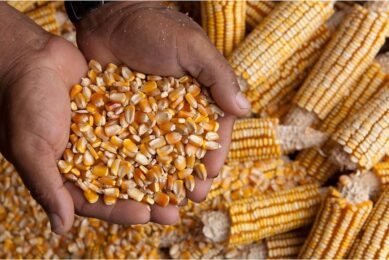
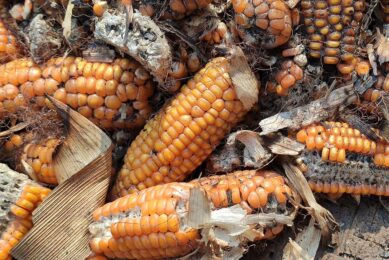
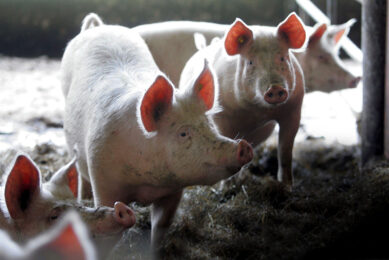
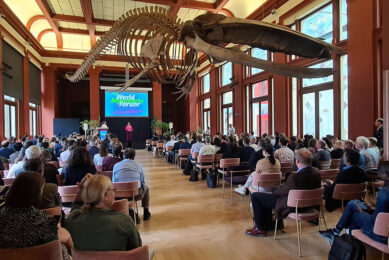
 WP Admin
WP Admin  Bewerk bericht
Bewerk bericht